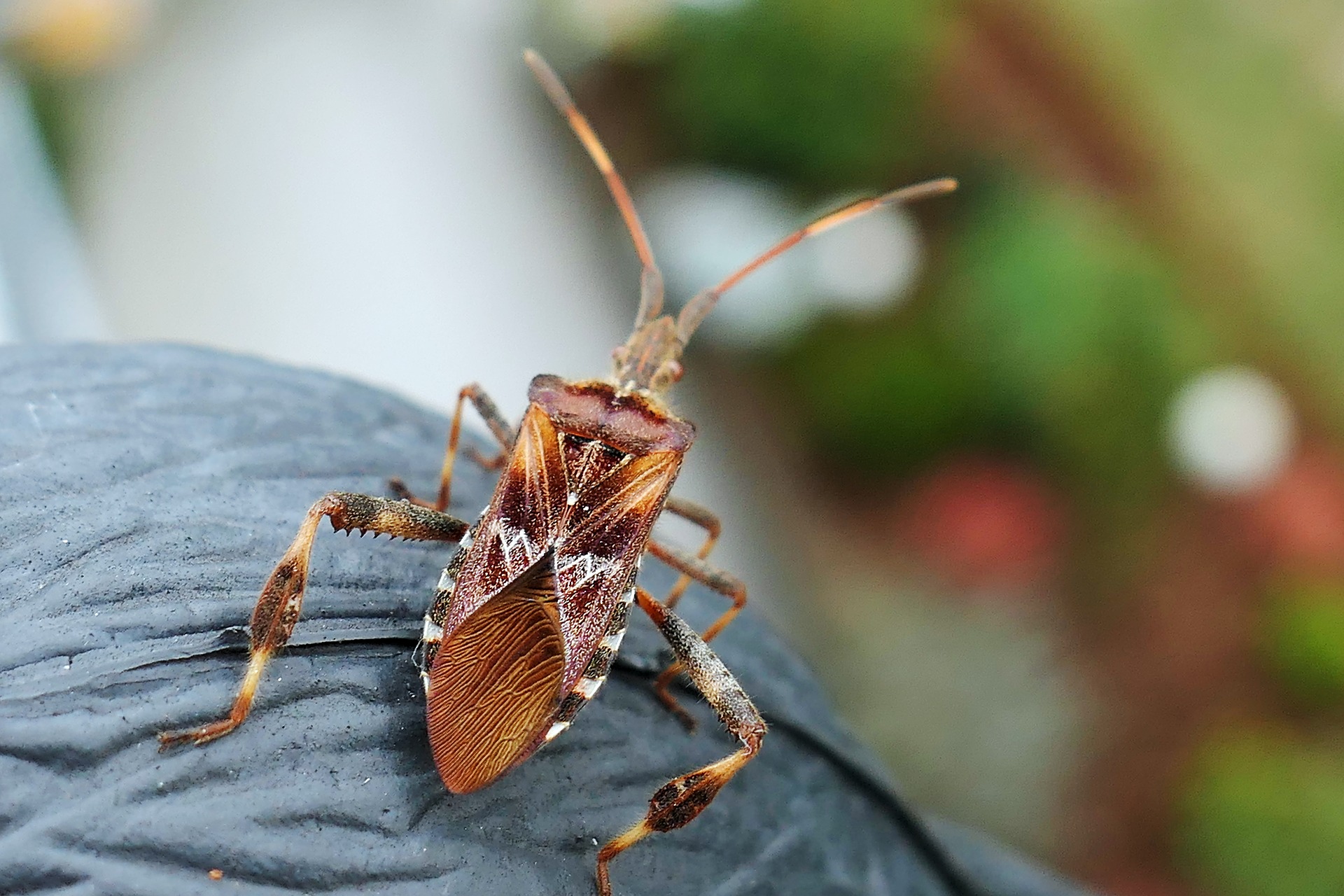Are Your Yellow Patches Caused By Chinch Bugs?

While there are several things that might cause yellow patches on your lawn, one major cause of this discoloration is a chinch bug. These bugs are small, but can cause some serious damage if they are not kept under control.
What Are Chinch Bugs?
Chinch bugs are very small insects, but don’t be fooled by their size. These little bugs can be extremely destructive to lawns. Adult chinch bugs are about 1/5 of an inch long, with a black body and white wings. Chinch bugs feed on your grass, sucking the moisture out of it so it becomes dry (and thus yellow). They also inject the blades with poison during this process, which stops water movement and further dries out the grass.
What Types Of Grass Are Susceptible to Chinch Bugs?
St. Augustine grass is the main type of grass that falls prey to chinch bugs. Other types of grasses can also be affected, though, including zoysia, centipede and bermuda grass. Chinch bugs prefer hot and dry areas of any lawn, and are partial to more lush or thick grasses. While they are most damaging from late spring through fall, in warmer climates they may be problematic year round.
Signs of Chinch Bugs
The telltale sign of a chinch bug is an expanding, irregular patch of yellow grass growing on your lawn. The grass damage starts out as yellow, then becomes increasingly brown as it dies. The patch will continue to increase in size, as the bugs continue moving outwards as they search for new live grass to consume. If you have a patch of yellow area on your lawn that is rapidly expanding, it’s likely it’s the bugs rather than a drought. Additionally, grass impacted by the bugs will not grow back or become green again even once it’s watered so this is a good hint it’s the bugs.
Identifying Chinch Bugs
You can take an up-close look at your lawn for the bugs. However, even this look may not reveal them to you and it’s recommended to use a tin can and conduct a test. To determine if your lawn’s yellow patch is caused by bugs or something else, you can hammer an empty coffee can that is open at both ends 1 inch into the soil beneath stunted areas. Then, add some water. The chinch bugs should float to the top within about 5 minutes.
How To Treat Chinch Bugs
If you feel your yard has a disease or infestation of chinch bugs, Grassworks can help! We can help with both the identification and treatment of chinch bugs. The best way to treat the bugs is to apply a pesticide specifically selected for your lawn type and pest type.
Sources Referenced: Do My Own

Ferris MyCue is the founder and owner of Grass Works Lawn Care, LLC located in Leander, TX. As a former firefighter who maintained yards on his days off, he saw a need for a dependable, local maintenance company that knew the hill country climate and could deliver quality landscaping services for a reasonable price. Since 2007 he has used his leadership to grow the company into one of the top landscape maintenance companies in Austin and surrounding areas offering landscape maintenance, design, and irrigation services to both residential and commercial clients. Ferris is also a member of the Seasonal Employment Alliance (SEA) and an active participant in advocacy efforts to help promote cap relief.